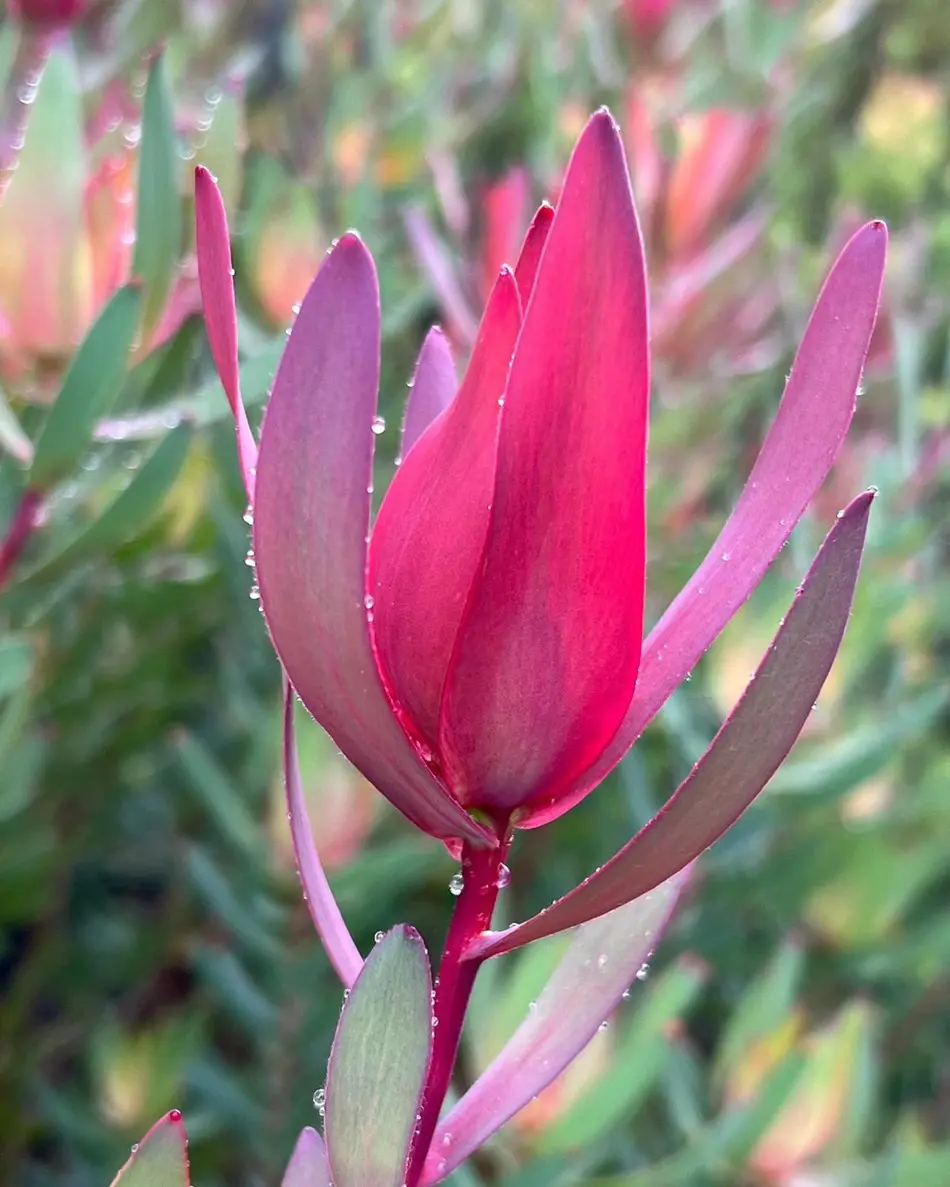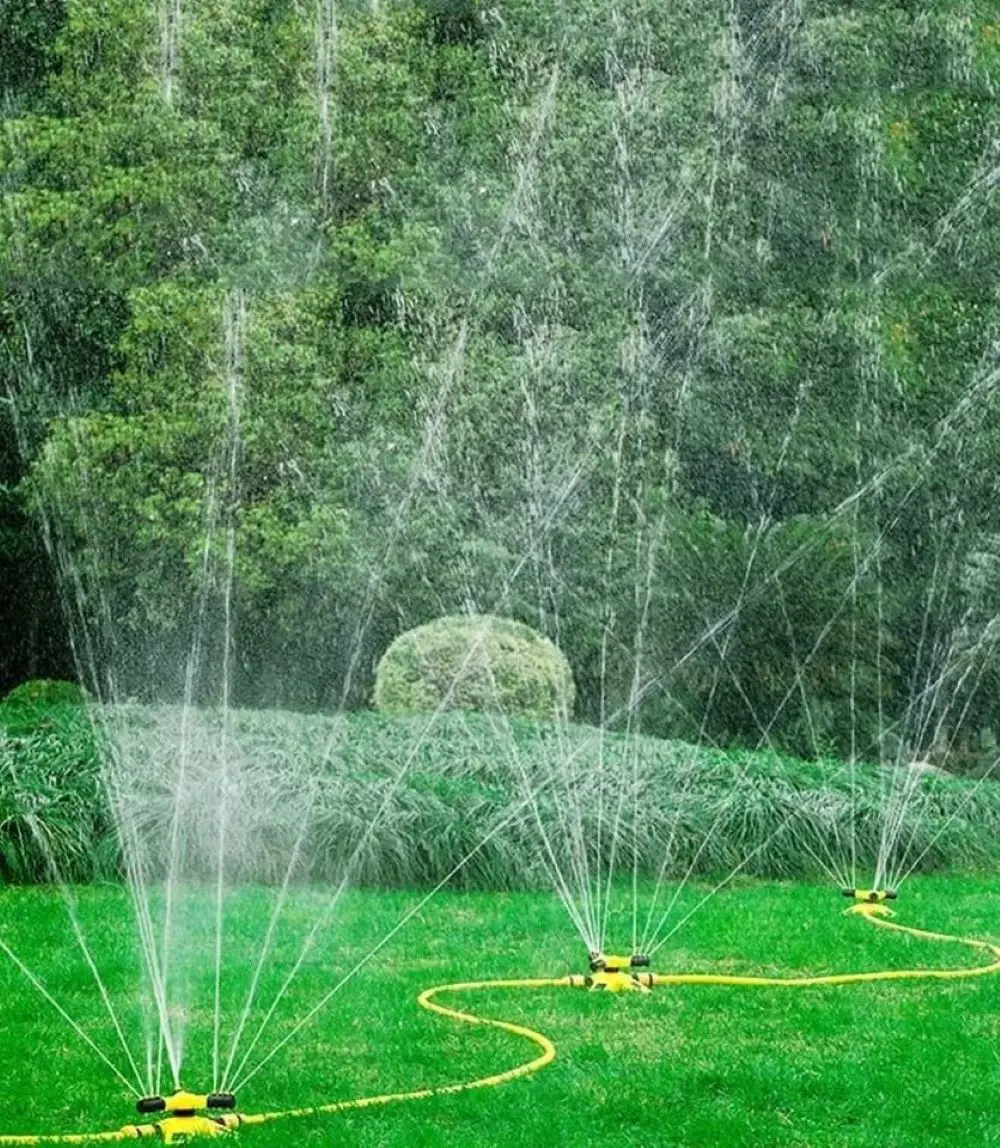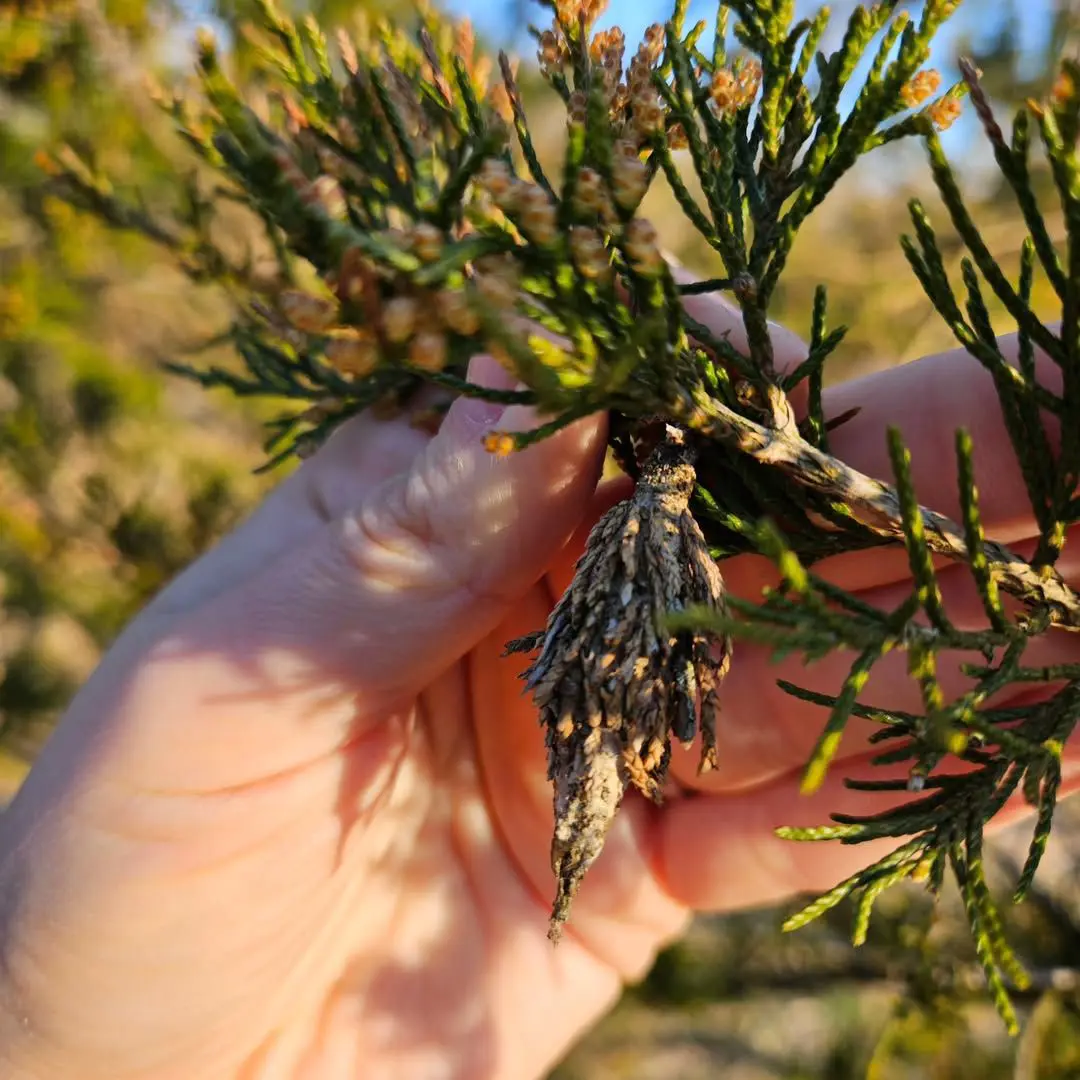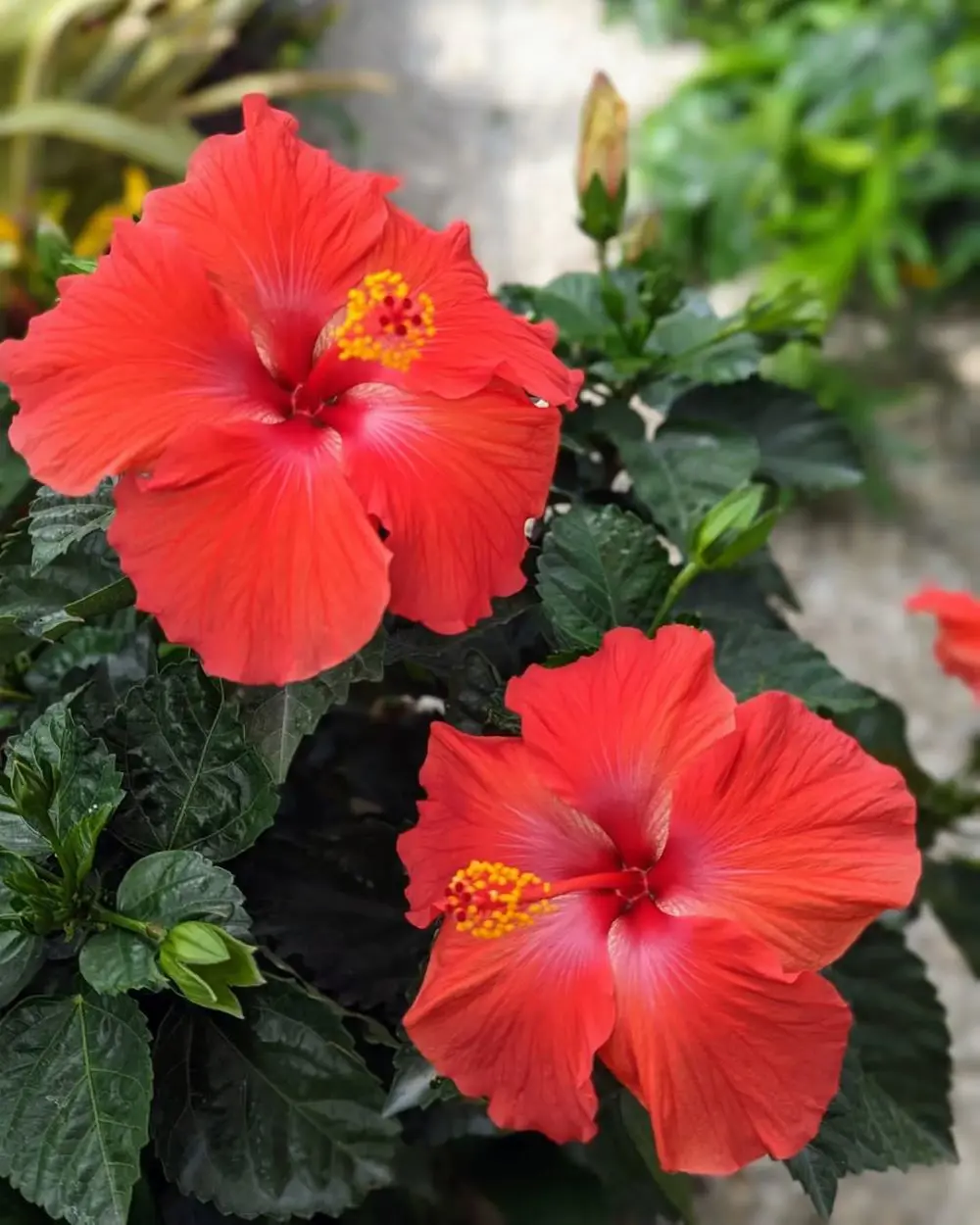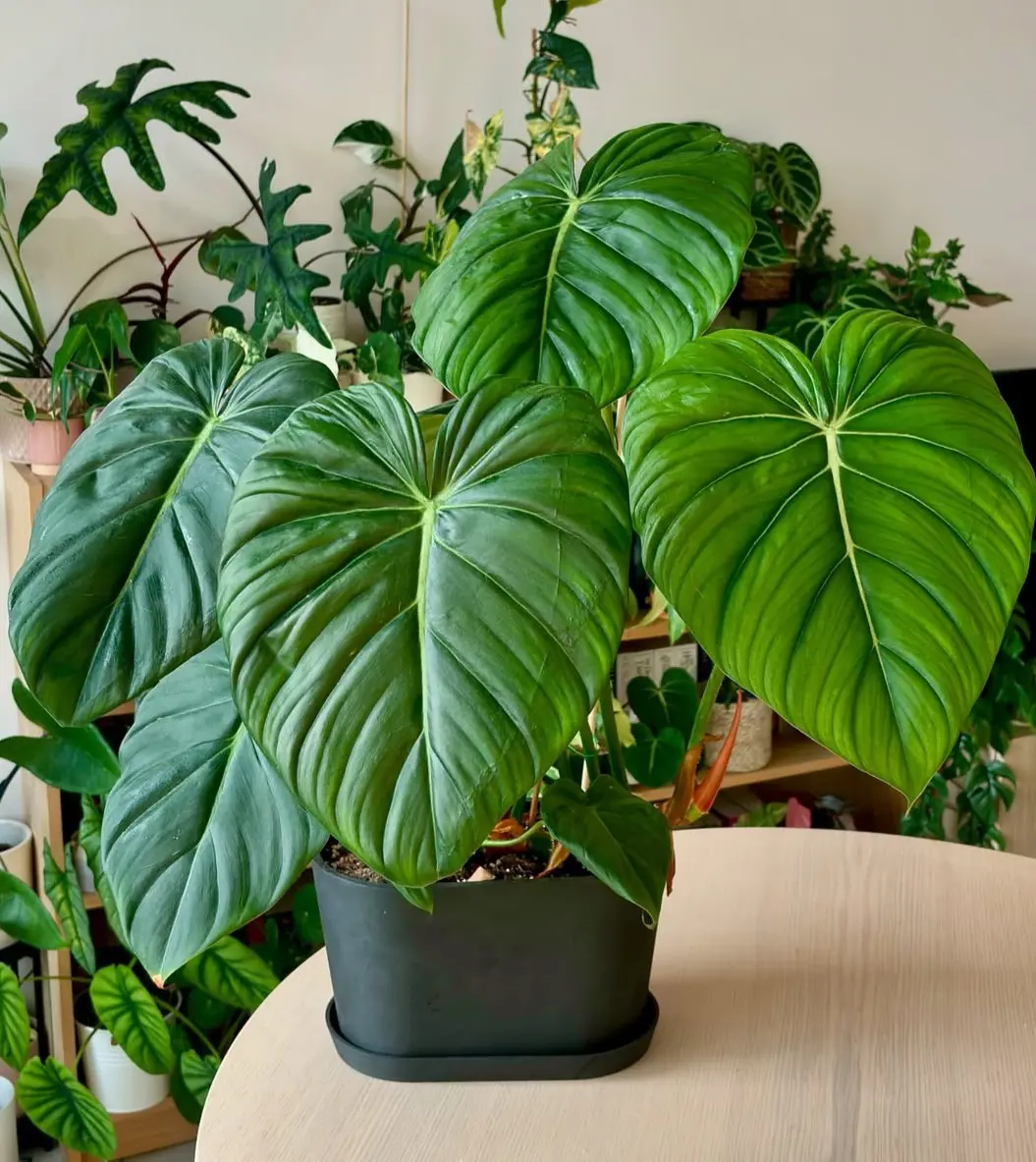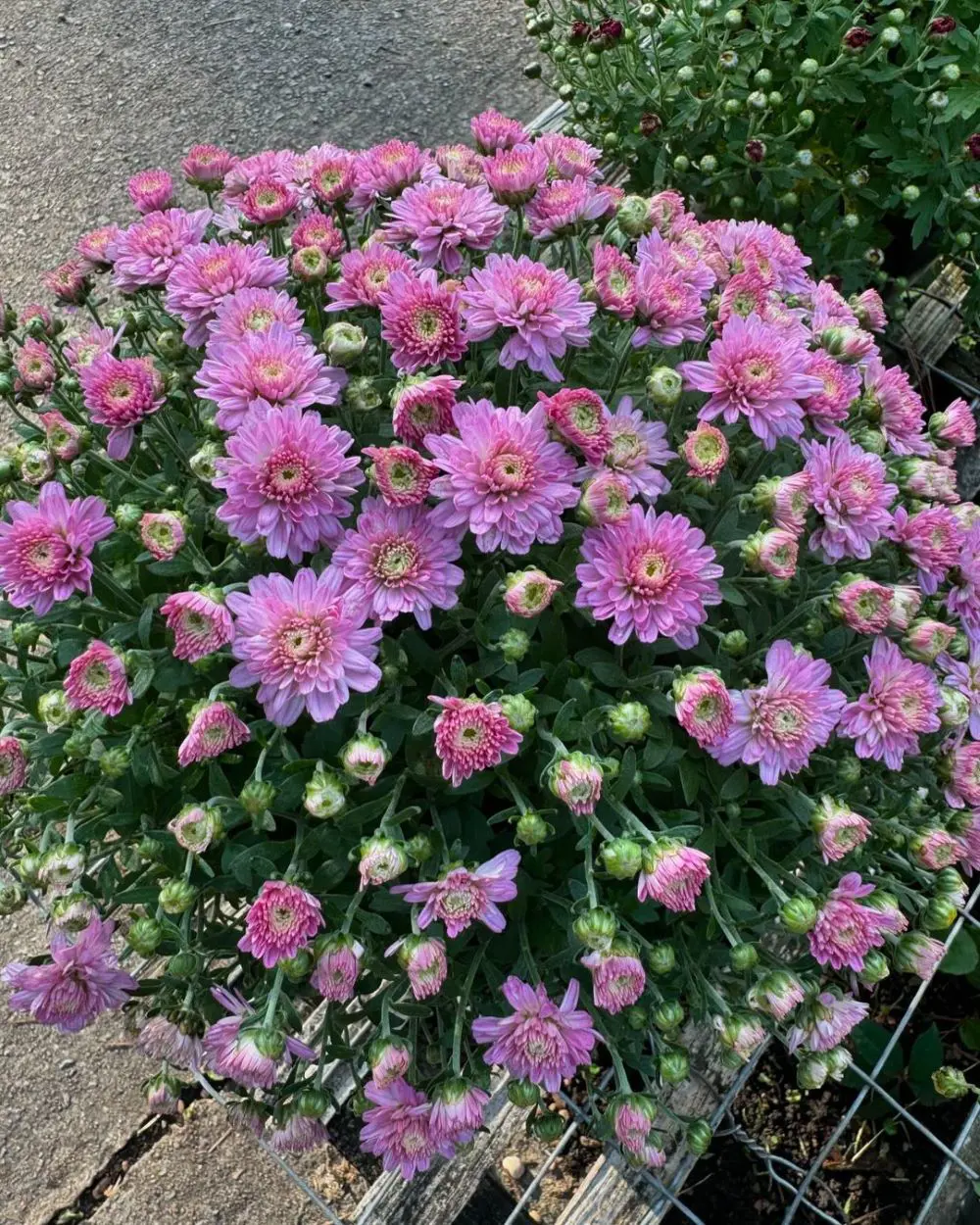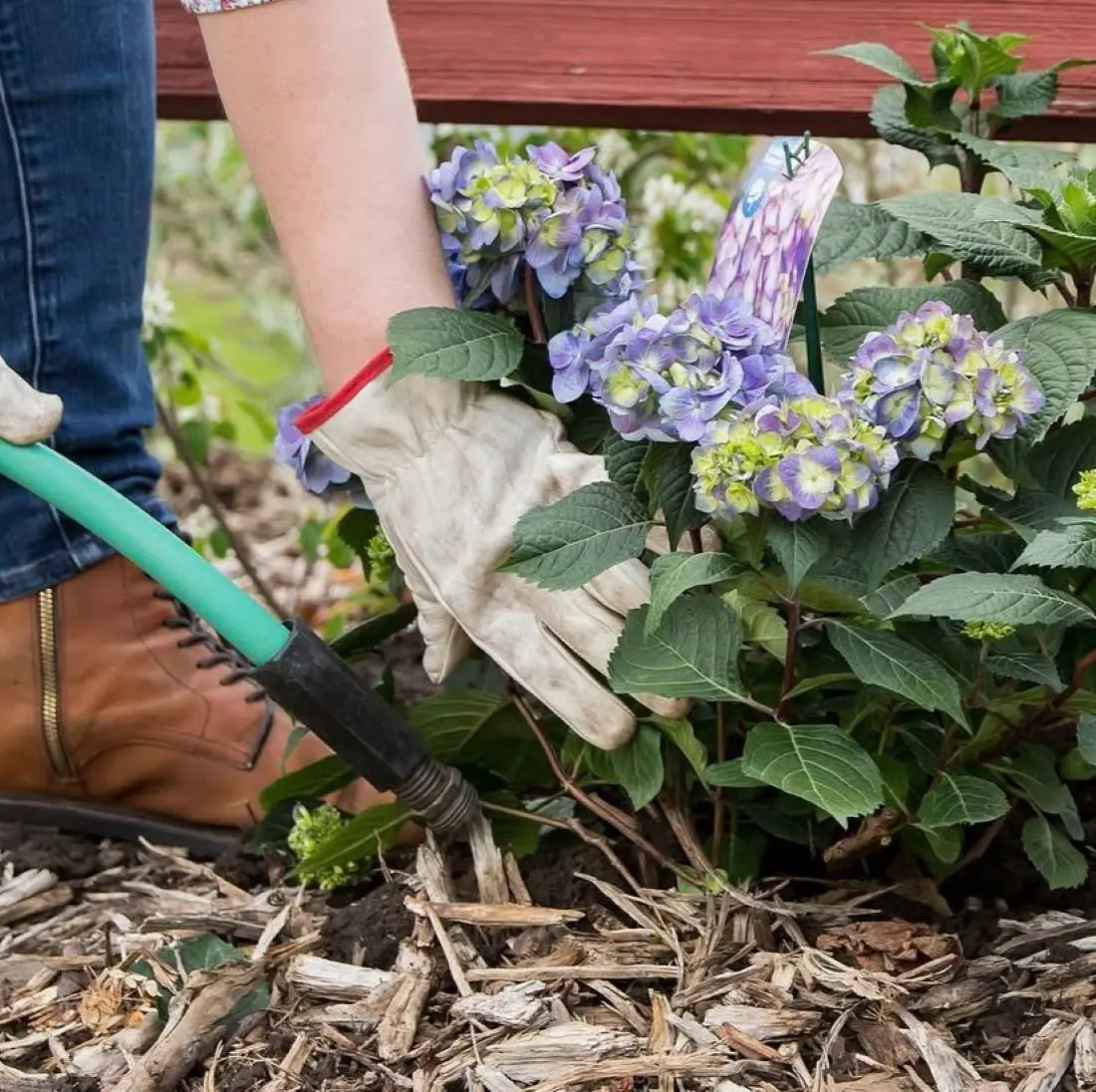Leucadendron is a member of the Proteaceae family. It is a striking and versatile plant native to South Africa. Known for its vibrant foliage and unique, cone-like flower heads, Leucadendron adds a touch of exotic beauty to any garden.
In this comprehensive guide, we will explore everything you need to know about growing and caring for Leucadendron, including its planting requirements, care routines, pruning techniques, propagation methods, and how to manage common pests and diseases.
About Leucadendron
Leucadendron, commonly known as Conebush, is a genus comprising about 80 species of shrubs and small trees. These plants are cherished for their colorful bracts and striking foliage, which can range from silvery greens to vibrant reds, yellows, and oranges.
They are evergreen and provide year-round interest in the garden. Leucadendrons are well-suited to Mediterranean climates and are highly drought-tolerant once established, making them an excellent choice for water-wise gardens.
Characteristics
- Leaves: Leucadendron leaves are typically leathery and can vary in shape from narrow and elongated to broad and oval.
- Flowers: The true flowers of Leucadendron are small and insignificant, but they are surrounded by showy bracts that form the eye-catching "flowers" for which the plant is known.
- Growth Habit: These plants can grow as low, spreading ground covers, medium-sized shrubs, or small trees, depending on the species and variety.
How to Plant Leucadendron
Planting Leucadendron correctly is crucial to ensuring its successful establishment and growth. Here’s a detailed guide on how to plant these stunning plants.
Choosing the Right Location
Leucadendron grows in full sun and well-draining soil. Choose a location that receives at least six hours of direct sunlight daily. These plants do not tolerate heavy, waterlogged soils, so good drainage is essential.
Soil Preparation
- Drainage: Ensure that the soil has excellent drainage. If you have clay or poorly draining soil, consider amending it with coarse sand, gravel, or organic matter to improve drainage.
- Soil pH: Leucadendrons prefer slightly acidic to neutral soil (pH 5.5-7.0). Conduct a soil test and amend the soil if necessary to achieve the desired pH level.
Planting Steps - Timing: The best time to plant Leucadendron is in the fall or early spring when the weather is cooler and the plant can establish roots before the heat of summer.
- Digging the Hole: Dig a hole twice as wide and just as deep as the root ball. This allows the roots to spread more easily.
- Planting: Remove the plant from its container and gently tease out the roots if they are pot-bound. Place the plant in the hole, ensuring that the top of the root ball is level with the surrounding soil.
- Backfilling: Fill the hole with soil, pressing down gently to remove air pockets. Water thoroughly to help settle the soil around the roots.
- Mulching: Apply a layer of mulch around the base of the plant to retain moisture and suppress weeds. Keep the mulch a few inches away from the stem to prevent rot.
How to Care for Leucadendron
Proper care is essential to keep your Leucadendron healthy and vibrant. Here are some key aspects of Leucadendron care:
Watering
- Establishment Period: Water newly planted Leucadendron regularly during the first year to help establish a strong root system. Deep, infrequent watering is preferable to frequent, shallow watering.
- Established Plants: Once established, Leucadendrons are drought-tolerant and generally do not require supplemental watering. However, during prolonged dry periods, occasional deep watering can benefit the plant.
Fertilization
- Minimal Needs: Leucadendrons typically do not require fertilization, as they thrive in nutrient-poor soils. Over-fertilization can lead to excessive growth and reduced flowering.
- Organic Mulch: Applying a layer of organic mulch each year can provide sufficient nutrients as it decomposes, improving soil structure and fertility.
Pruning
Pruning is important to maintain the shape and health of your Leucadendron. It also encourages new growth and flowering.
- Timing: The best time to prune Leucadendron is immediately after flowering. This ensures that you do not remove next season’s flower buds.
- Technique: Remove dead, damaged, or diseased branches first. Then, lightly trim to shape the plant and control its size. Avoid heavy pruning, as Leucadendrons can be slow to recover.
Pest and Disease Management
- Common Pests: Leucadendrons are relatively pest-resistant, but they can occasionally be affected by aphids, scale insects, and spider mites. Use insecticidal soap or neem oil to control infestations.
- Diseases: Leucadendrons can be susceptible to root rot in poorly drained soils. Ensure good drainage and avoid overwatering to minimize disease risk.
Winter Care
- Hardiness: Most Leucadendron species are hardy in USDA zones 9-11. However, they can be sensitive to severe frost. In colder regions, choose hardier varieties or provide winter protection.
- Protection: Mulch around the base of the plant in late fall to insulate the roots. In extreme cold, cover the plant with burlap or a frost blanket.
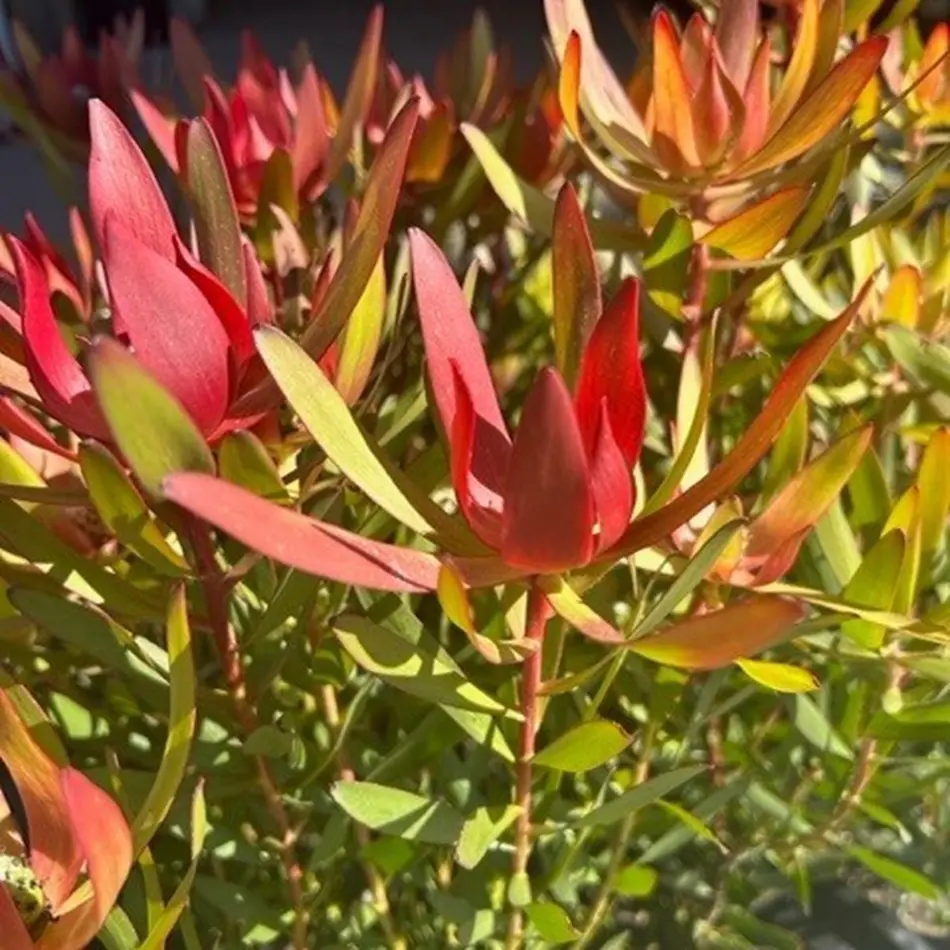
Pruning Leucadendron
Pruning Leucadendron is essential for maintaining its shape, promoting healthy growth, and encouraging prolific flowering. Here’s a detailed guide on how to prune Leucadendron effectively:
When to Prune
- Post-Flowering: The best time to prune Leucadendron is immediately after it finishes flowering. This timing allows the plant to set new flower buds for the next season without interruption.
- Avoiding Dormancy: Avoid pruning during dormancy or just before the flowering season, as this can reduce the number of blooms.
Pruning Techniques
- Deadheading: Remove spent flowers and dead or damaged stems to keep the plant tidy and encourage new growth.
- Shaping: Lightly trim the plant to maintain its desired shape and size. Focus on removing overgrown or leggy branches to promote a fuller, more compact form.
- Rejuvenation: Every few years, consider a more substantial prune to rejuvenate the plant. Cut back older, woody stems to encourage new growth from the base. Be cautious not to remove more than one-third of the plant at a time.
Tools and Tips
- Sharp Tools: Use sharp, clean pruning shears to make precise cuts and reduce the risk of disease.
- Sanitization: Sanitize your tools between cuts, especially when pruning diseased branches, to prevent the spread of pathogens.
- Angle Cuts: Make angled cuts just above a leaf node or bud to encourage healthy new growth.
Propagating Leucadendron
Propagating Leucadendron can be done through seeds or cuttings. Each method has its own advantages and challenges.
Seed Propagation
- Seed Collection: Collect seeds from mature Leucadendron plants after the cones have dried and opened.
- Scarification: Some Leucadendron seeds may benefit from scarification to break dormancy. This can be done by soaking the seeds in hot water for 24 hours.
- Sowing: Sow the seeds in a well-draining seed-starting mix and cover lightly with soil. Keep the soil moist and place the container in a warm, sunny location.
- Germination: Seeds typically germinate within a few weeks to a few months. Provide consistent moisture and light during this period.
Cutting Propagation
- Cutting Selection: Take semi-hardwood cuttings from the current season’s growth in late summer or early autumn.
- Preparation: Remove the lower leaves and dip the cut end in rooting hormone to encourage root development.
- Planting: Insert the cuttings into pots filled with a well-draining rooting medium. Keep the medium moist and place the pots in a humid environment, such as a greenhouse or covered propagation tray.
- Rooting: Roots should develop within a few weeks to a couple of months. Once the cuttings have rooted, transplant them into larger pots or directly into the garden.
Common Pests and Plant Diseases
Leucadendrons are relatively pest-resistant, but they can occasionally be affected by certain pests and diseases. Here’s how to identify and manage common issues:
Pests
- Aphids: Small, sap-sucking insects that can cause distorted growth and leave a sticky residue on leaves. Control aphids with insecticidal soap or neem oil.
- Scale Insects: These pests appear as small, immobile bumps on stems and leaves. They can be controlled by scraping them off or using horticultural oil.
- Spider Mites: Tiny, spider-like pests that cause fine webbing and stippling on leaves. Increase humidity and use miticides to control infestations.
Diseases
- Root Rot: Caused by poorly drained soil and overwatering, root rot can lead to yellowing leaves and plant death. Ensure good drainage and avoid overwatering to prevent this disease.
- Leaf Spot: Fungal infections that cause spots on leaves can be managed by removing affected foliage and improving air circulation around the plant.
- Botrytis Blight: A fungal disease that causes gray mold on flowers and leaves, often during cool, damp weather. Remove affected parts and ensure good air circulation to manage this disease.
Preventative Measures
- Proper Watering: Water Leucadendron at the base of the plant to keep foliage dry and reduce the risk of fungal diseases.
- Sanitation: Keep the garden clean and free of fallen leaves and debris, which can harbor pests and pathogens.
- Inspection: Regularly inspect plants for signs of pests and diseases and take prompt action to manage any issues.
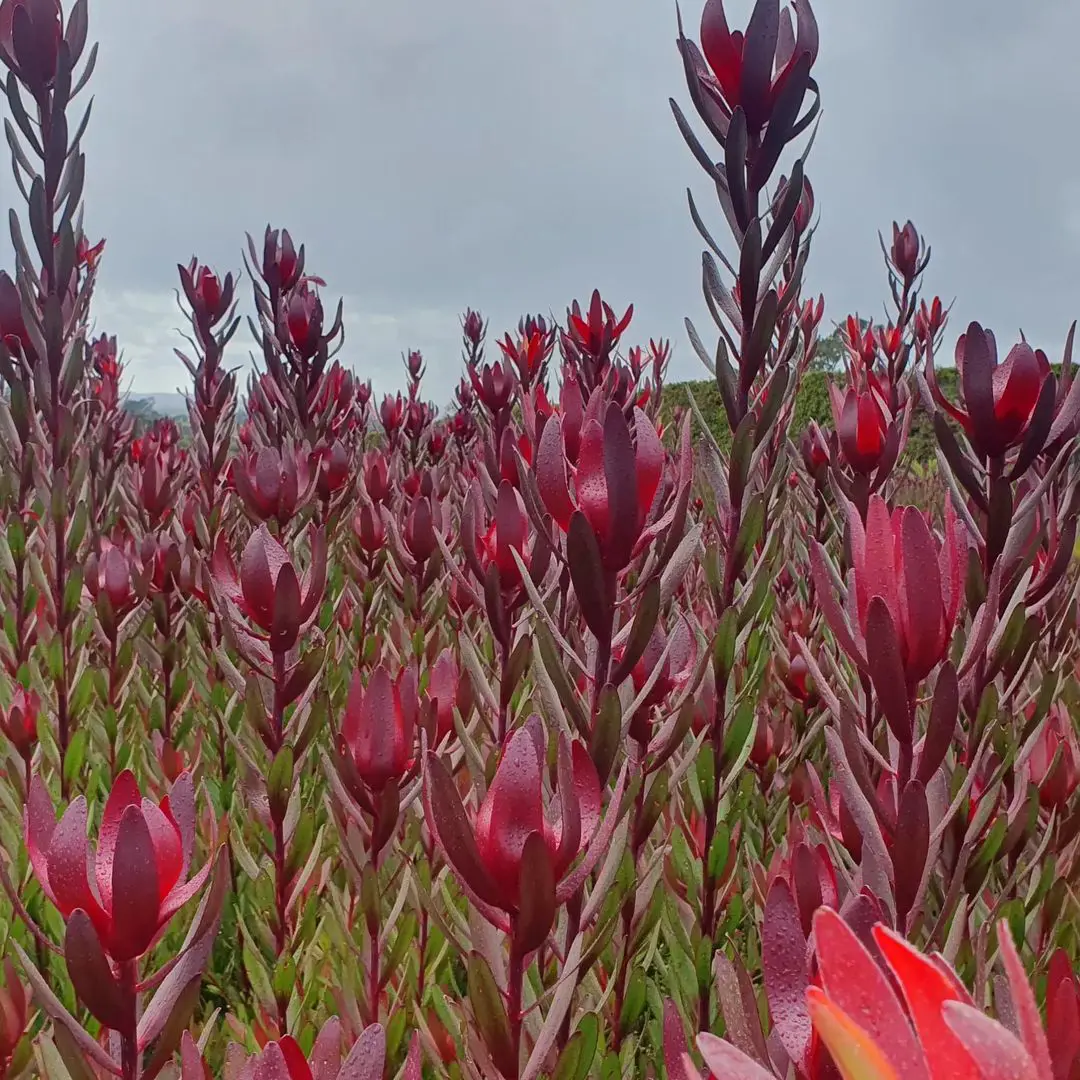
Types of Leucadendron
There are numerous species and cultivars of Leucadendron, each with unique characteristics. Here are some popular varieties:
1. Leucadendron argenteum (Silver Tree)
- Description: A tall, evergreen tree with silvery, silky leaves that give it a shimmering appearance.
- Height: Up to 10 meters.
- Uses: Ornamental tree, often used in landscaping for its striking appearance.
2. Leucadendron 'Safari Sunset'
- Description: A popular cultivar known for its vibrant red and green bracts, making it a favorite in floral arrangements.
- Height: Up to 2 meters.
- Uses: Cut flowers, landscaping.
3. Leucadendron 'Jester'
- Description: A striking variety with variegated yellow and green foliage and pink bracts.
- Height: Up to 1.5 meters.
- Uses: Ornamental plant, suitable for gardens and containers.
4. Leucadendron 'Winter Red'
- Description: Features deep red bracts in winter, providing color during the colder months.
- Height: Up to 2 meters.
- Uses: Landscaping, cut flowers.
5. Leucadendron laureolum (Golden Conebush)
- Description: Known for its bright yellow bracts and long-lasting blooms.
- Height: Up to 1.5 meters.
- Uses: Ornamental plant, ideal for gardens and floral arrangements.
6. Leucadendron salignum (Common Sunshine Conebush)
- Description: A versatile and adaptable species with yellow to red bracts.
- Height: Varies, generally up to 1.5 meters.
- Uses: Gardening, landscaping, cut flowers.
7. Leucadendron discolor (Pompom Tree)
- Description: Displays green foliage with red-tipped bracts that open to reveal cream-colored flowers.
- Height: Up to 3 meters.
- Uses: Ornamental tree, attractive in landscapes.
8. Leucadendron galpinii
- Description: Features small, compact foliage with yellowish-green bracts.
- Height: Up to 1.5 meters.
- Uses: Garden plant, suitable for smaller spaces and containers.
9. Leucadendron 'Inca Gold'
- Description: Known for its striking yellow bracts and green foliage.
- Height: Up to 1.5 meters.
- Uses: Cut flowers, landscaping.
10. Leucadendron 'Purple Haze'
- Description: Has purple-tinted foliage and red bracts, creating a visually appealing contrast.
- Height: Up to 1.5 meters.
- Uses: Ornamental plants, garden borders.
Designing with Leucadendron
Leucadendron can be integrated into various landscape designs to create stunning visual effects. Here are some design ideas:
Mediterranean Gardens
Combine Leucadendron with other drought-tolerant plants such as lavender, rosemary, and sage to create a Mediterranean-themed garden. The vibrant bracts of Leucadendron contrast beautifully with the silvery foliage of these plants.
Wildlife Gardens
Plant Leucadendron alongside other native plants to create a habitat for pollinators and birds. Consider adding flowering shrubs, grasses, and wildflowers to provide year-round interest and food sources.
Coastal Landscapes
Leucadendron is well-suited to coastal gardens due to its salt tolerance. Pair it with other coastal plants like sea thrift, beach strawberry, and coastal sagebrush for a resilient and attractive seaside garden.
Erosion Control
Use low-growing Leucadendron species or cultivars to stabilize slopes and prevent erosion. Their extensive root systems help hold the soil in place while adding beauty to the landscape.
Formal Gardens
Incorporate Leucadendrons into formal garden designs by using them as hedges or foundation plantings. Their tidy growth habit and striking bracts can add structure and color to more formal settings.
By understanding the specific needs and care requirements of Leucadendron, you can successfully grow and maintain these remarkable plants in your landscape.
Whether you are planting for ornamental purposes, wildlife habitat, or erosion control, Leucadendron offers a wealth of benefits and visual appeal. With proper planting and care, your Leucadendron plants will thrive and bring joy for many years to come.
